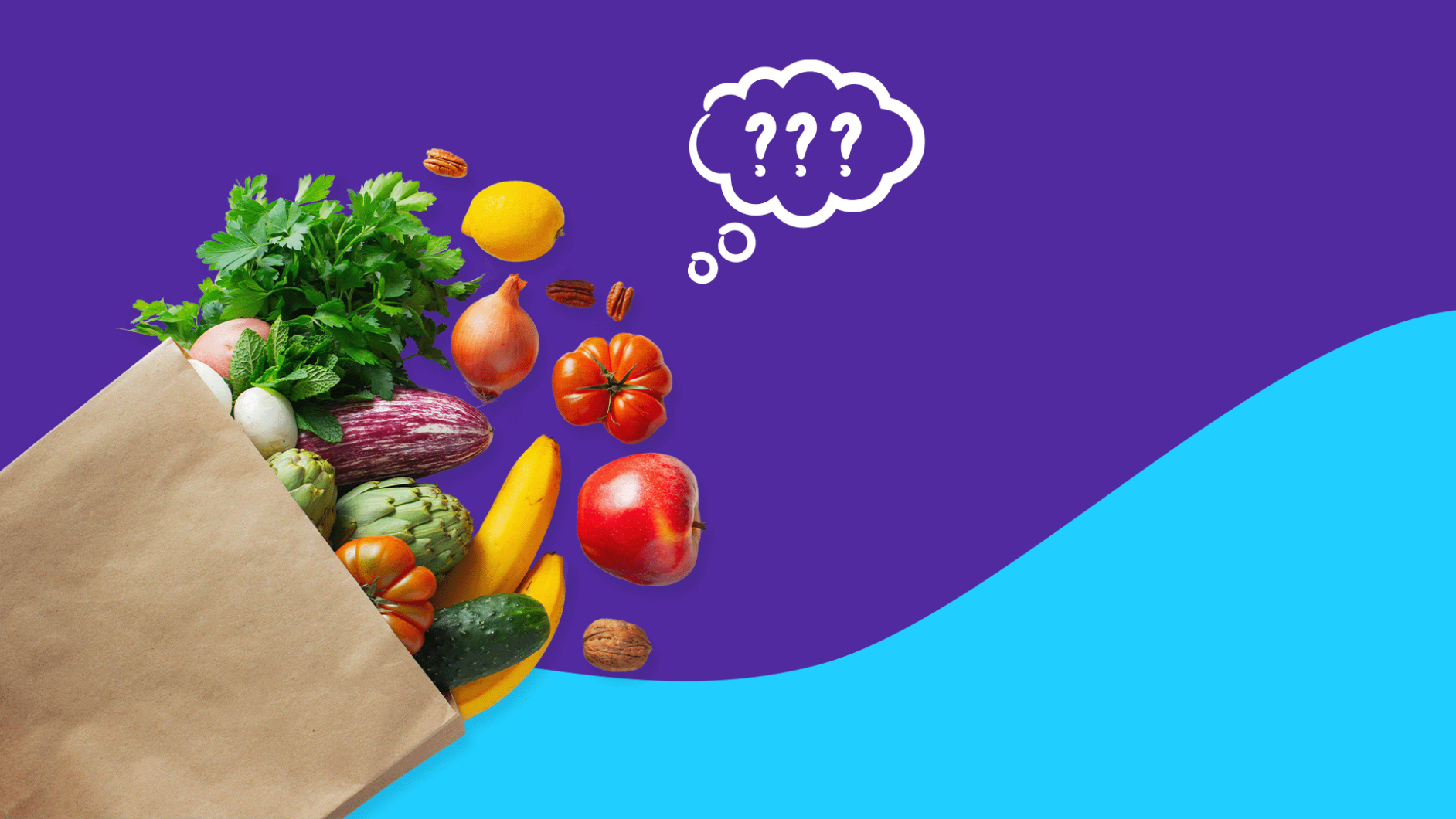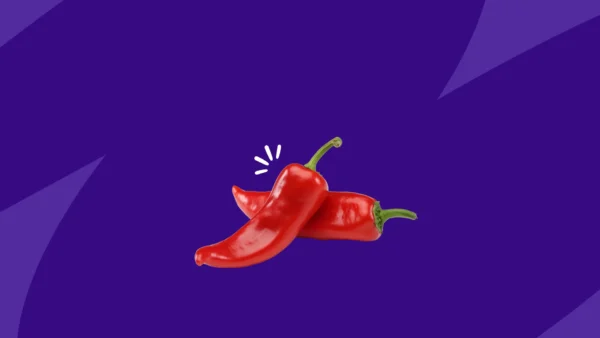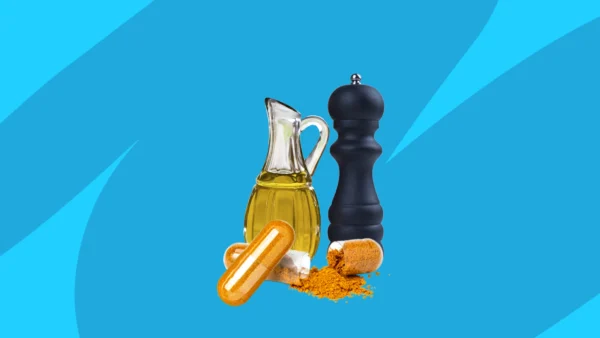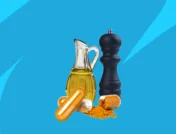Period cramps are a common symptom during a monthly menstrual cycle. The length and severity of period cramps varies from person to person based on various factors, including diet.
To shorten the severity of cramps, people can eat high-fiber foods, such as vegetables, fruits, legumes, and whole grains, which can “decrease inflammation and aid the body in eliminating estrogens,” says Kelsey Costa, MS, a registered dietitian and nutrition consultant for the National Coalition on Healthcare based in Boston, Massachusetts.
Here’s a look at foods that help with period cramps.
The connection between diet and menstrual cramps
What a person eats can influence the symptoms they experience during their menstrual cycles. A poor diet is one factor that may lead to more intense menstrual cramps, a condition known as dysmenorrhea.
Dysmenorrhea is pain during menstruation that is strong enough to affect a person’s ability to do their normal activities. More than half of women experience some pain during their menstrual cycles for one to two days each month. But for people with dysmenorrhea, the pain is severe. According to research, people with dysmenorrhea may have heightened estrogen levels.
Estrogen is a group of steroid hormones responsible for maintaining the female reproductive system.
“Consuming a high quantity of food that stimulates estrogen production can cause the uterine lining to become abnormally thick,” Costa says.
Excess estrogen exposure in females may be associated with:
- Heavy periods
- Irritability
- Mood swings
- Headaches
- Sleep disturbances
- Breast cysts
- Endometriosis
- Fibroids
- Gallbladder disease
- Thyroid disorders
“When [the uterine] lining starts to break down during menstruation, it leads to an increased production of prostaglandins, which results in more painful menstrual cramps,” Costa explains.
Prostaglandins are a group of lipids with hormone-like responsibilities that the body makes at sites of tissue damage, injury, or illness. According to research, they play a significant role in period cramps. Higher levels of prostaglandins can increase inflammation, causing stronger uterine muscle contractions and heavier bleeding.
Although prostaglandins are naturally made in the body, their inflammatory effects on the menstrual cycle can be reduced by eating the right foods as part of a healthy diet.
6 Foods that help with period cramps
Eating an anti-inflammatory diet may help lower estrogen levels, leading to less painful menstrual cramping. Anti-inflammatory foods that can help reduce the severity of monthly period cramps include the following:
1. Minimally refined whole grains
Whole grains, such as brown rice, oatmeal, and whole-grain bread, have anti-inflammatory effects on the body, according to research. Because refined grains can remove essential nutrients like vitamin B, dietary fiber, and iron, opting for minimally refined whole grains is the healthier option.
2. Fruits and leafy green vegetables
Consuming more fruits and vegetables may reduce inflammation and act as antioxidants, which can help improve the immune system. “Bananas serve up muscle-soothing potassium and vitamin B6, helping balance mood-influencing hormones like serotonin and dopamine that commonly plunge during periods,” says Naheed Ali, MD, PhD, a physician and lead writer at Sleep Bubble based in Miami, Florida. Other fruits and vegetables that may help with period pain include leafy greens, such as spinach, and lemons. Cruciferous vegetables, such as arugula, broccoli, and cabbage, may also help with abdominal pain.
3. Legumes
Legumes, such as lentils, peas, and chickpeas, may contain bioactive compounds, such as peptides, polyphenols, and saponins, which can all have anti-inflammatory, antioxidant, and antihypertensive properties that ease cramping.
4. Nuts and seeds
Tree nuts and peanuts have antioxidant and anti-inflammatory properties that may help with painful periods and also lower the risk of cardiometabolic disease and oxidative stress (imbalance between free radicals and antioxidants). Some examples include almonds, chia seeds, flaxseeds, and pumpkin seeds. “Almonds deliver both cramp-calming magnesium and sleep-promoting tryptophan [an amino acid that produces melatonin and serotonin],” Dr. Ali says. He also notes that chia and flax seeds contain “anti-inflammatory omega-3s, curbing cramps along with magnesium.”
In addition, pumpkin seeds are a great source of protein and contain nutrients like polyunsaturated and monounsaturated fatty acids that can reduce inflammation.
5. Certain dairy products
“Calcium-rich food like yogurt, milk, and cheese relaxes muscular tension and cramping by improving nerve transmission,” Dr. Ali says. “Greek yogurt also supplies protein, keeping energy steady.”
6. Dark chocolate
Evidence reveals that consuming dark chocolate may help reduce abdominal pain and anxiety from dysmenorrhea among young women.
Foods that make cramps worse
According to Costa, certain inflammatory foods can worsen menstrual cramps, including:
- Red and processed meats: Red meat and processed meats contain high amounts of saturated fat, which can cause inflammation.
- Fried foods and fast food items: When fried foods like french fries, doughnuts, and onion rings are cooked, they obtain advanced glycation end products (AGEs), increasing the chances of inflammation. Also, since fried foods are made with cooking oils, they may have more trans fats, which can cause inflammation.
- Refined carbohydrates, such as white bread, pastries, and pasta: While carbohydrates have several benefits, such as boosting energy and maintaining blood glucose levels, consuming too many may be a risk factor for menstrual pain. Research suggests that a diet high in refined carbohydrates might cause inflammation.
- Added sugars: Too much sugar may lead to severe cramps. In fact, excessive consumption of added sugars like brown sugar, cane juice, corn syrup, and fructose are shown to be potential risk factors for chronic inflammation, as well as other chronic conditions such as inflammatory bowel disease (IBD), rheumatoid arthritis, and multiple sclerosis.
- Processed foods, including chips, crackers, and cookies: Also known as ultra-processed foods (UPF), these ready-to-eat foods can harm gut health, causing low-grade inflammation in the lower abdomen when consumed in large amounts.
“Replacing animal products and ultra-processed foods with minimally processed, high-fiber foods may help reduce estrogen production and increase its elimination, offering a practical dietary strategy for reducing menstrual cramps,” Costa adds.
Other ways to treat menstrual cramps
Aside from foods that can help with period cramps, menstrual pain is also treatable with natural, at-home remedies. Here are a few ways you can treat period cramps at home:
- Apply heat. Heat application is often the first method many use to relieve menstrual cramps. “Using a heating pad on the lower abdomen can help relax tense muscles and relieve pain,” Costa says. In addition, a hot water bottle or warm bath may also provide some relief.
- Stay hydrated. Drinking water may reduce pain intensity and menstrual bleeding. Tea can also help. “Teas that can improve blood circulation to the uterus include angelica (Dang Gui) and Red Leaf raspberry teas,” says Tsao-Lin E. Moy, an acupuncturist, author, writer, and founder of Integrative Healing Arts in New York City. Costa also recommends ginger, peppermint, and chamomile tea to alleviate menstrual cramping.
- Exercise. Research shows that engaging in physical activity can improve the intensity of menstrual cramps. “Low-intensity exercises like walking, yoga, or stretching may help reduce cramping by increasing blood circulation and releasing feel-good endorphins,” Costa explains.
- Try dietary supplements: Certain supplements may help improve symptoms of painful periods. Mayo Clinic recommends vitamin B, vitamin E, magnesium, and omega-3 fatty acids.
RELATED: What helps with period cramps?
People can also consider over-the-counter (OTC) medications, such as nonsteroidal anti-inflammatory drugs (NSAIDs) like ibuprofen and naproxen, to treat dysmenorrhea symptoms.
When to see a doctor for period cramps
While many people experience period cramps, severe menstrual pain may indicate an underlying health problem that needs to be addressed.
If dysmenorrhea impacts a person’s ability to complete daily activities, such as going to work or school, they should speak with their healthcare provider, such as a primary care physician or gynecologist.
According to Moy, severe periods accompanied by back pain and heavy bleeding can require medical attention, as it can be a sign of endometriosis or fibroids, which are two common reproductive health disorders.
Severe abdominal cramping may also indicate a sexually transmitted infection (STI) or pregnancy complications.
People who are sexually active and don’t use condoms may contract an STI, such as chlamydia or gonorrhea. If left untreated, they can develop pelvic inflammatory disease, which can also cause cramping. “An ectopic pregnancy can also elicit severe cramping,” says Moy.
In some instances, a healthcare provider may prescribe oral contraceptives, such as birth control pills, patches, or vaginal rings, to help with painful menstrual periods. Over time, oral contraceptives with the hormones estrogen and progesterone can cause lighter and fewer contractions during menstrual cycles, decreasing the intensity of period cramps.
Sources
- Dysmenorrhea: Painful periods, The American College of Obstetricians and Gynecologists (2020)
- Metabolomics study on primary dysmenorrhea patients during the luteal regression stage based on ultra performance liquid chromatography coupled with quadrupole-time-of-flight mass spectrometry, Molecular Medicine Reports (2017)
- Reproductive hormones, Endocrine Society (2022)
- Estrogen, StatPearls (2023)
- Prostaglandins, Cleveland Clinic (2022)
- Inflammatory markers in dysmenorrhea and therapeutic options, International Journal of Environmental Research and Public Health (2020)
- Whole grain consumption and inflammatory markers: A systematic literature review of randomized control trials, Nutrients (2022)
- Grains, MyPlate U.S. Department of Agriculture
- Effects of fruit and vegetable consumption on inflammatory biomarkers and immune cell populations: a systematic literature review and meta-analysis, The American Journal of Clinical Nutrition (2018)
- Potential anti-inflammatory effects of legumes: A review, British Journal of Nutrition (2022)
- Effects of nuts on markers of inflammation and oxidative stress: A narrative review, Nutrients (2023)
- Nutritional value, phytochemical potential, and therapeutic benefits of pumpkin (cucurbita sp.), Plants (Basel) (2022)
- The effect of dark chocolate and music on pain and anxiety in young women with primary dysmenorrhea: Randomized controlled trial, European Journal of Integrative Medicine (2022)
- Role and processed meat consumption and morality: Dose-response meta-analysis of prospective cohort studies, Public Health Nutrition (2015)
- Advanced glycation end products, inflammation and chronic metabolic diseases: Links in a chain?, Critical Reviews in Food Science and Nutrition (2016)
- Analysis of trans fat in edible oils with cooking process, Toxicology Research (2015)
- Physiology, carbohydrates, StatPearls (2023)
- High carbohydrate intakes may predict more inflammatory status than high fat intakes in pre-menopause women with overweight or obesity: A cross-sectional study, BMC Research Notes (2021)
- Excessive intake of sugar: An accomplice of inflammation, Frontiers in Immunology (2022)
- Low-grade inflammation and ultra-processed foods consumption: A review, Nutrients (2023)
- The role of water intake in the severity of pain and menstrual distress among females suffering from primary dysmenorrhea: A semi-experimental study, BMC Women’s Health (2021)
- Exercise for dysmenorrhea, Cochrane for Clinicians (2021)
- Menstrual cramps, Mayo Clinic (2022)
- Dysmenorrhea, StatPearls (2023)











